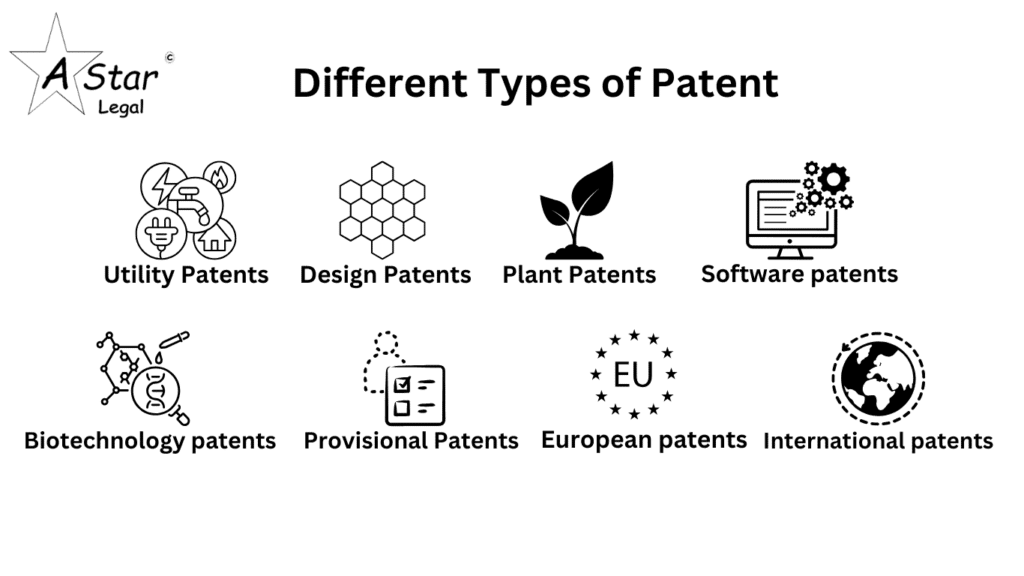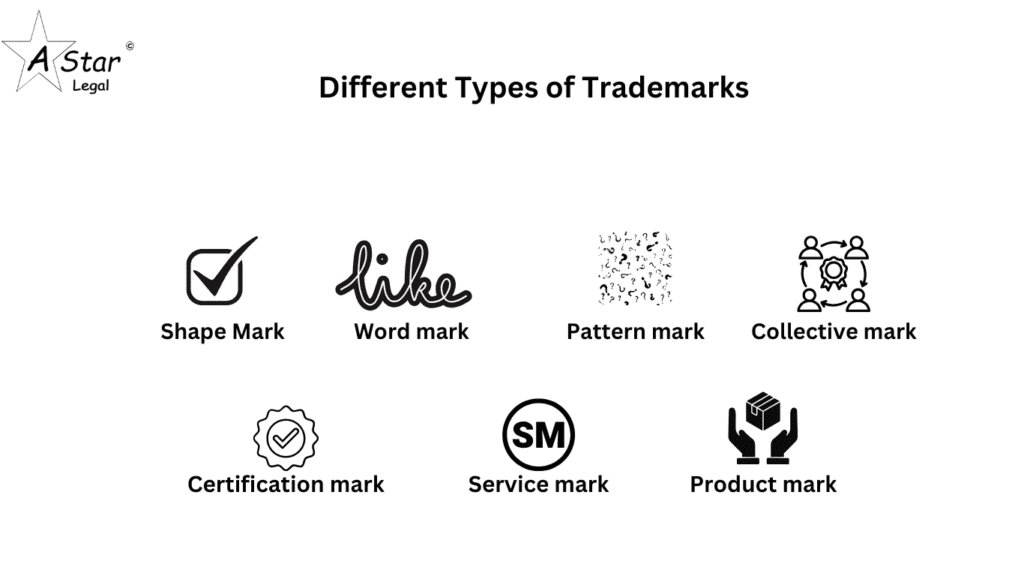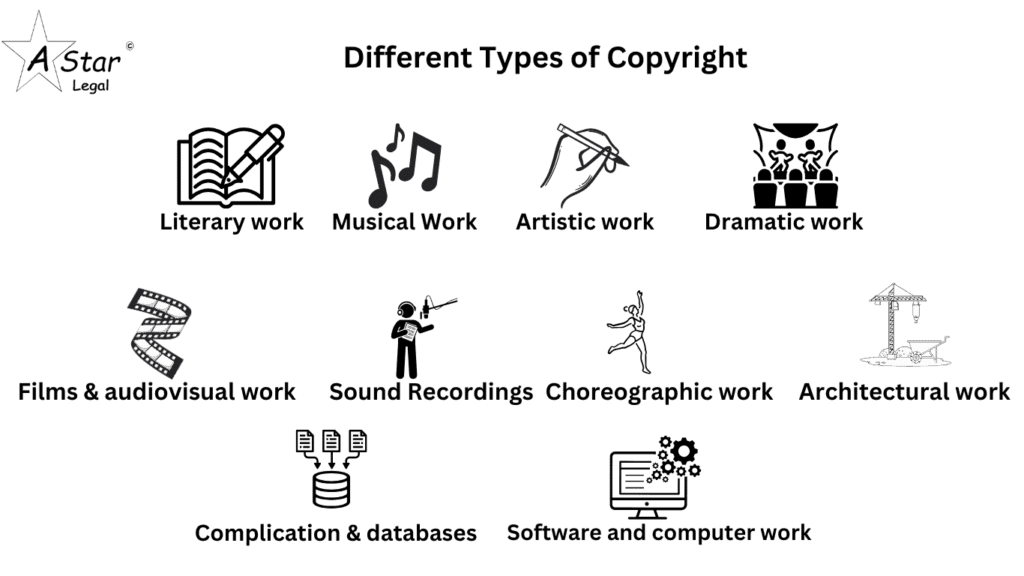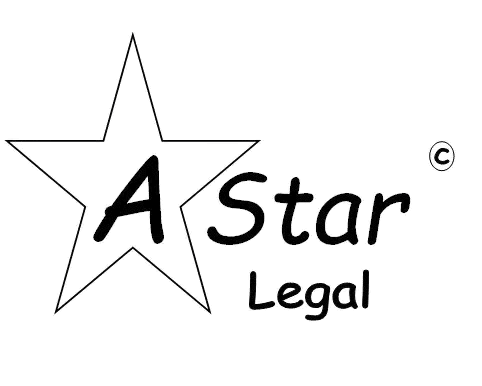Last updated on January 25th, 2025 at 08:07 am
Three types of intellectual property are essential to any business or any individual. That is trademark, copyright, and patent. They protect their business so that third parties can’t use the brand name, products, or any other services.
Call Now for Patent, Copyright and Trademark Consultant: +91 9314321001
Table of Contents
ToggleWhat is a Patent?
Patents are a unique way of protecting inventions, machines, and any creative idea by preventing the owner from using and selling his inventions without his permission. Patents are also used for machines and software.
When someone has new unique creations, creative ideas, and innovations then the government gives them the option to issue a patent so that no one can misuse it. After getting the patent certification, the inventor gets the legal right to sell or use their creation.
Different Types of Patent:

- Utility patents
- Design patents
- Plant patents
- Software patents
- Biotechnology patents
- Provisional patents
- European patents
- International patents
What is a Trademark?
A trademark is a special type of word, logo, image, design, slogan, or phrase that helps to differentiate the products and services of one brand from another and identify the source and origin of the products and services.
Different types of Trademarks:

- Product mark
- Shape mark
- Word mark
- Pattern mark
- Collective mark
- Certification mark
- Service mark
What is a Copyright?
Copyright is a type of law or certificate that protects things like books, songs, pieces of art, etc. It ensures that any other third party cannot use the things without the owner’s permission. It provides legal rights to the owner that only he can use or sell their things. If anybody can use copyrighted things without the owner’s permission then he can sue them.
Different types of copyright:

- Literary work
- Musical work
- Artistic work
- Dramatic work
- Films and audiovisual work
- Sound recordings
- Choreographic work
- Architectural work
- Software and computer work
- Complication and databases
Difference Between Patent and Copyright and Trademark
| Patent | Copyright | Trademark | |
| Meaning | Invention of a new unique product that could not have existed earlier. | A unique creation of music, art, writing a book. | Branding of a company’s product and services. |
| Protection | It protects new unique creations and innovations of any individual. | It protects the authorship of creative works. | It protects the products, legal rights, logo, and slogan of a brand. |
| Duration | 20 years from the date of application. | 60+ years | 10 years |
| Requirements | It should be innovative and non-obvious. | Original and Creative | Unique and distinctive. |
| Granted rights | The right to prevent others from selling, making, or using the patented creation. | It provides the right to control and prevent the production, creation, distribution, and public performance of copyrighted works. | It provides legal rights to take action against those who can use similar trademarks for similar goods and services. |
| Examples | Light bulb, design of iPhone | Lyrics of any song, book, or novel. | Coca-Cola bottles and logo |
Importance of Patent and Copyright and Trademark
Patent:
- It is a unique way to protect a new invention.
- Registering the patent is necessary for new creative ideas so no one can misuse it.
- Inventors can sell their ideas to someone else and make a profit with it.
Copyright:
- It protects the things that can be copied by anyone like books, music, art, etc.
- The creator can automatically get the copyright when he makes something like that.
- If you have the copyright of your work then no other person can use your copyrighted work without your permission.
Trademark:
- It protects the brand including brand identity, logo, products, and services.
- It provides legal rights to the owner to use their trademark.
- It helps the customer to buy high-quality products.
Benefits of Patent and Copyright and Trademark
Patent: New inventions take more time for the inventor to develop creative ideas and are also quite expensive. Therefore, they require more security so that no one can steal them or misuse them. It is necessary to get a patent for your inventions and innovations. Patents give you the legal rights and protection to use your inventions or sell them to someone else.
Copyright: Copyright is a type of document or certificate that protects your creations so that no other person can misuse it or use it without your permission. If you write a book or create a piece of music or art, make sure you get its copyright so that no one can steal it from you and copy it.
Trademark: A trademark provides legal rights to the brand owner and protects the brand from infringement. This ensures that no other 3rd in the market can use the same TM for similar products.
Apply for Patent and Copyright and Trademark
Patent:
- First, make sure your idea is new and creative.
- Next, search and make sure your idea does not already exist.
- Then, prepare the application letter along with the required documents for a patent and submit it to the United States Patent and Trademark Office without any mistakes.
- After submitting the file, pay the required application fee and wait for a response or reply from the USPTO.
- If their response is positive then you will get your patent.
Copyright:
- Firstly, create a fresh thing like music, some art, write a book.
- After that, make sure that it gets copyrighted.
- Next, apply for a copyright document from USCO.
- Then pay the required fee and wait for your copyright document.
Trademark:
- First, choose a logo or image for your brand, products, and services.
- Then do a trademark search, find a suitable class for the brand, and make sure your chosen mark does not resemble an already existing trademark.
- Next, apply to the relevant registry office and pay the application fee.
- Then, wait for the registrar’s office’s response to approve or reject your application.
- If your TM application is approved by the Registrar, you will accept your TM Certificate.
Cost for Patent, Copyright, and Trademark
- Patent: The cost of the patent includes the type of patent, the services required, and the complexity of the application.
- Trademark: The cost of a Trademark includes the application fees, examination fees, the class fee, and legal fees.
- Copyright: The cost of the copyright includes the types of copyright you use.
Patent, Copyright and Trademark Consultants
If you want to register a Trademark, Patent, or Copyright officially to protect your brand legally you can Contact us: at A Star Legal Associates. We will help you to guide with suitable knowledge.
Call Now for Patent, Copyright and Trademark Consultant: +91 9314321001
Conclusion
Trademarks, patents, and copyrights are valuable intellectual rights. These rights protect the efforts of the owner who created them. Trademarks help protect brands and all their related products and services. Patents protect new creative ideas and innovations and copyrights protect things so that no one can use them without the owner’s permission.
FAQ:
What is the validity of trademark and copyright?
The trademark validity is for 10 years and copyright validity depends on the lifetime of the author.
What is the cost of Trademark?
The cost of the Trademark includes the examination fee, application fee, legal fee, and classes fee.
What is the cost of Patent?
The cost of the patent includes the type of patent, the services required, and the complexity of the application.
What is the cost of copyright?
The cost of the copyright includes the types of copyright you use.
Do patents protect copyright?
No, patents only do not protect copyright it only protects inventions and discoveries.
Can a patent be renewable?
No, a patent can’t be renewed once it has expired.
Will a copyright expire
Copyright validity is for 60+ years.
What are the basics of trademark patent & copyright
The patent protects the discoveries and inventions copyright protects the original work of authorship and the trademark protects the brand name and logo from unauthorized use.







